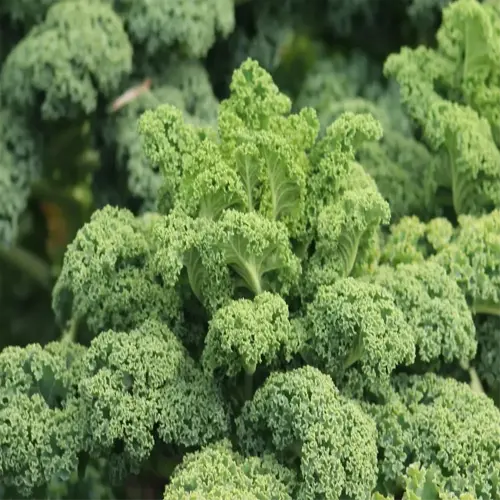How often should I fertilize kiwi?

Written by
Michael Sullivan
Reviewed by
Prof. Charles Hartman, Ph.D.To ensure that the vines grow well, you must know when to apply fertilizer and how much. I begin with a little (10-10-10 style) granular fertilizer early in spring as the buds are swelling, applying about 1 cup per vine. This fertilizer kicked along leaf development without creating vulnerable, tender growth that might be damaged by frosts. Water deeply after feeding.
Spring Application
- 10-10-10: 1 cup per mature vine
- Scatter 12" from trunk
- Incorporate into top 2" soil
Flowering Boost
- Potassium sulfate: ½ cup per plant
- Apply at 50% bloom stage
- Enhances fruit cell expansion
Excessive fertilization does far more damage than underfeeding the plant. I encountered leaf scorch with my vines when I doubled the amount of potassium (K), a mistake I now avoid by conducting soil tests every March. For container plants, use fertilizer at half-strength. Synthetic feeds should always be accompanied by a 3" thick compost mulch on top of the soil to reduce salt impact.
Nitrogen Excess
- Dark green leaves, few flowers
- Leach soil with 5 gallons water
- Add sawdust to tie up N
Potassium Deficiency
- Purple leaf edges, small fruit
- Foliar spray 1 tbsp K sulfate/gallon
- Apply banana peel tea weekly
Fall preparation will dictate how you do next year. This fall is a stopping point for fertilizing, which I stop the 1st of September in Zone 6. After this date, I let the vines harden off. Test the soil pH once a year. Kiwis need a pH between 5.5-6.5 to extract the nutrients needed for optimal health, growth, and production. Last year's enormous harvest followed lime applications to fix a subsoil pH of 5.2.
Read the full article: How to Grow Kiwi: Expert Guide for Home Gardeners

